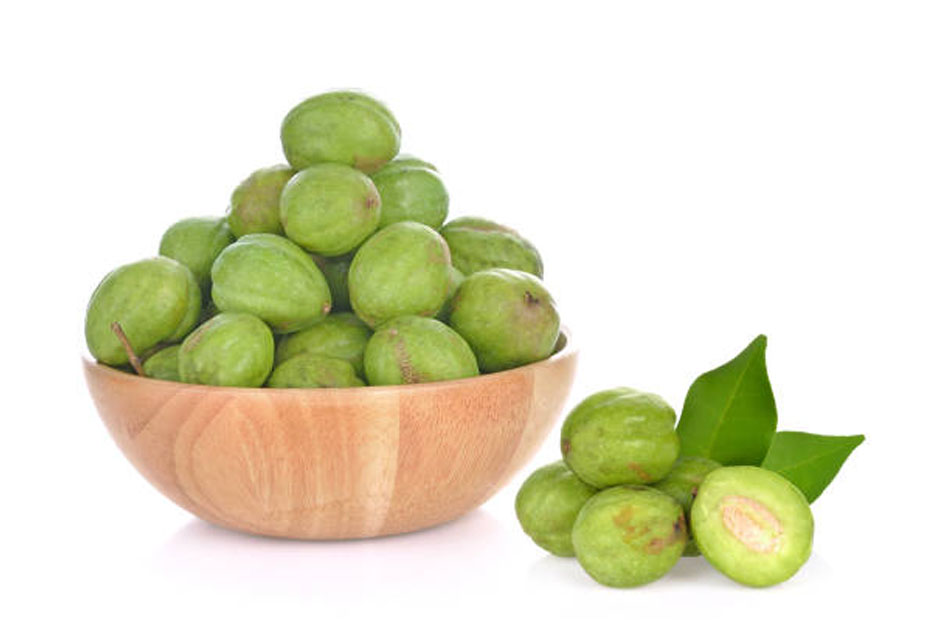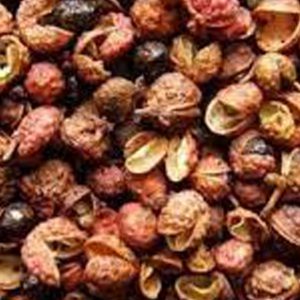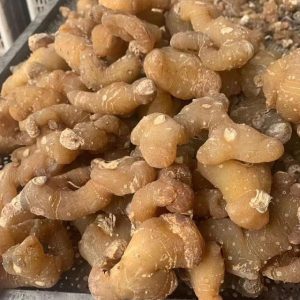TERMINALLA CHEBULA RETZ
Description
General Information
Terminalia chebula, commonly known as black- or chebulic
myrobalan, is a species of Terminalia, native to South Asia from India
and Nepal east to southwest China, and south to Sri Lanka, Malaysia,
and Vietnam.
Name: Myrobalan
Scientific Name: Terminalia chebula
Nepali Name: Harro
DETAILS
Terminalia chebula is a medium to large
deciduous tree growing to 30 m tall,
with a trunk up to 1 m in diameter. The
leaves are alternate to subopposite in
arrangement, oval, 7–8 cm (2.8–3.1 in)
long and 4.5–10 cm broad with a 1–3 cm petiole. They have an acute
tip, cordate at the base, margins entire, glabrous above with a yellowish
pubescence below. The fruit is drupe-like, 2–4.5 cm long and 1.2–2.5
cm broad, blackish, with five longitudinal ridges. The dull white to
yellow flowers is monoecious, and have a strong, unpleasant odor. They
are borne in terminal spikes or short panicles. The fruits are smooth
ellipsoid to ovoid drupes, yellow to orange-brown in color, with a single
angled stone.
USES
Its powder is a good astringent dentifrice in loose gums, bleeding and
ulceration in gums. It is good to increase appetite, digestive aid, liver
stimulant, stomachic, gastrointestinal prokinetic agent, and mild
laxative. The powder of T. chebula fruits has been used in chronic
diarrhea.
You must be logged in to post a review.






Reviews
There are no reviews yet.